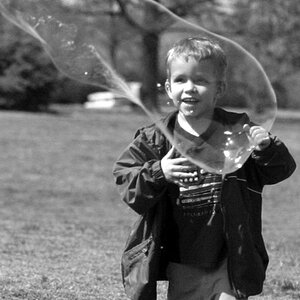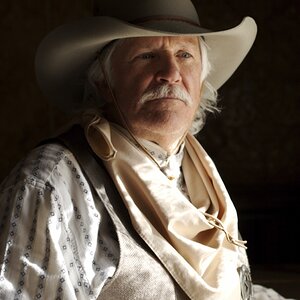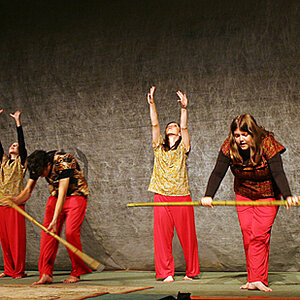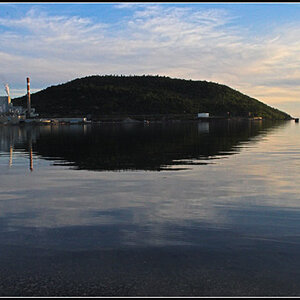Xmetal
No longer a newbie, moving up!
- Joined
- Nov 22, 2004
- Messages
- 2,351
- Reaction score
- 29
- Location
- Newcastle, Australia
- Website
- photobucket.com
- Can others edit my Photos
- Photos OK to edit
I did a search after seeing the Library pictures thread in the general gallery and couldn't find anything on the HDR technique. :???:
What is HDR?
What does the letters HDR stand for?
How does it work?
Can I do HDR images with my garden-variety EOS 350D?
Many thanks in advance for answers/solutions.
What is HDR?
What does the letters HDR stand for?
How does it work?
Can I do HDR images with my garden-variety EOS 350D?

Many thanks in advance for answers/solutions.


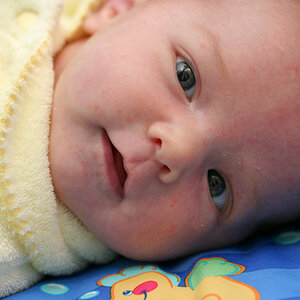

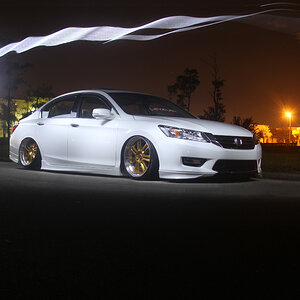
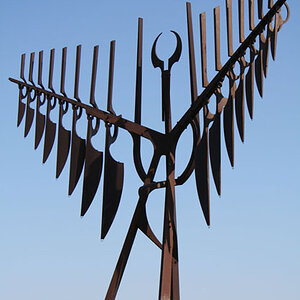

![[No title]](/data/xfmg/thumbnail/37/37605-90c8efaef5b7d1f52d4bf8e7dfd33673.jpg?1619738148)

